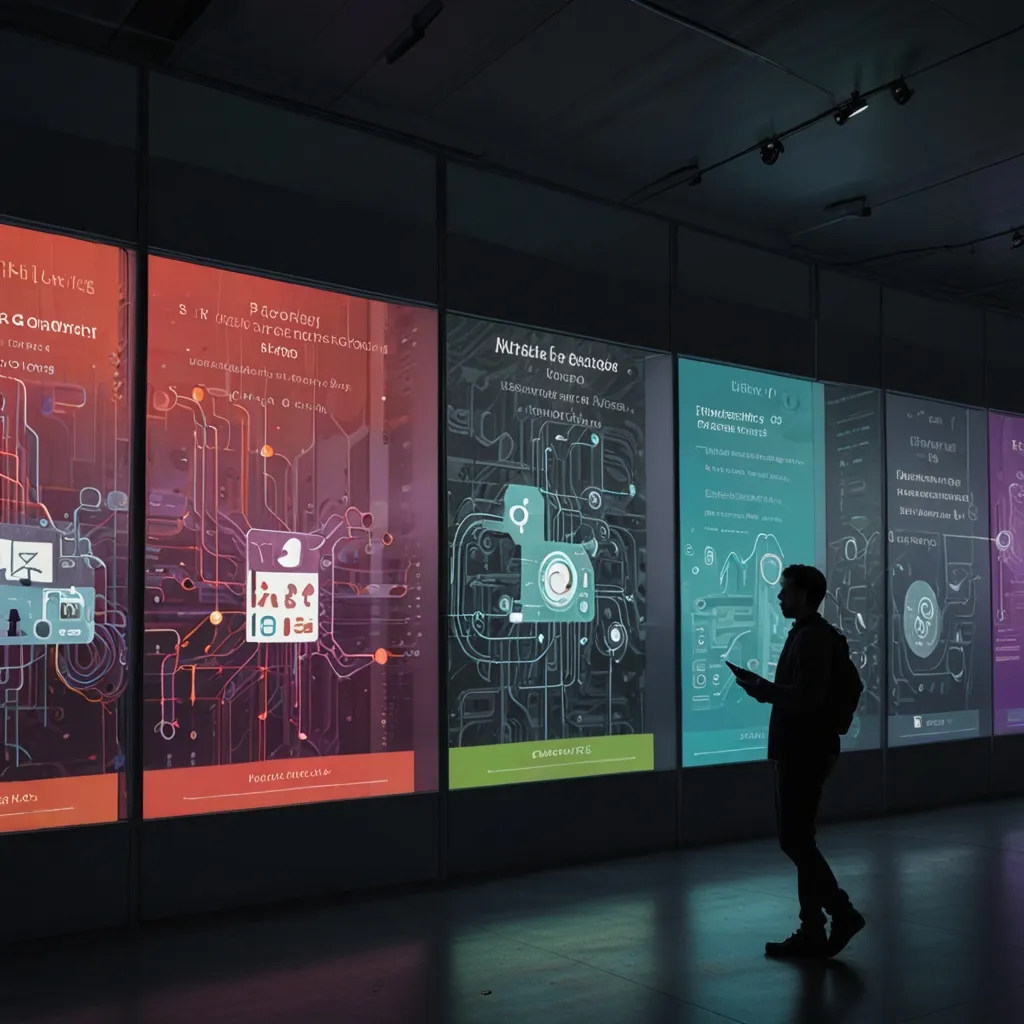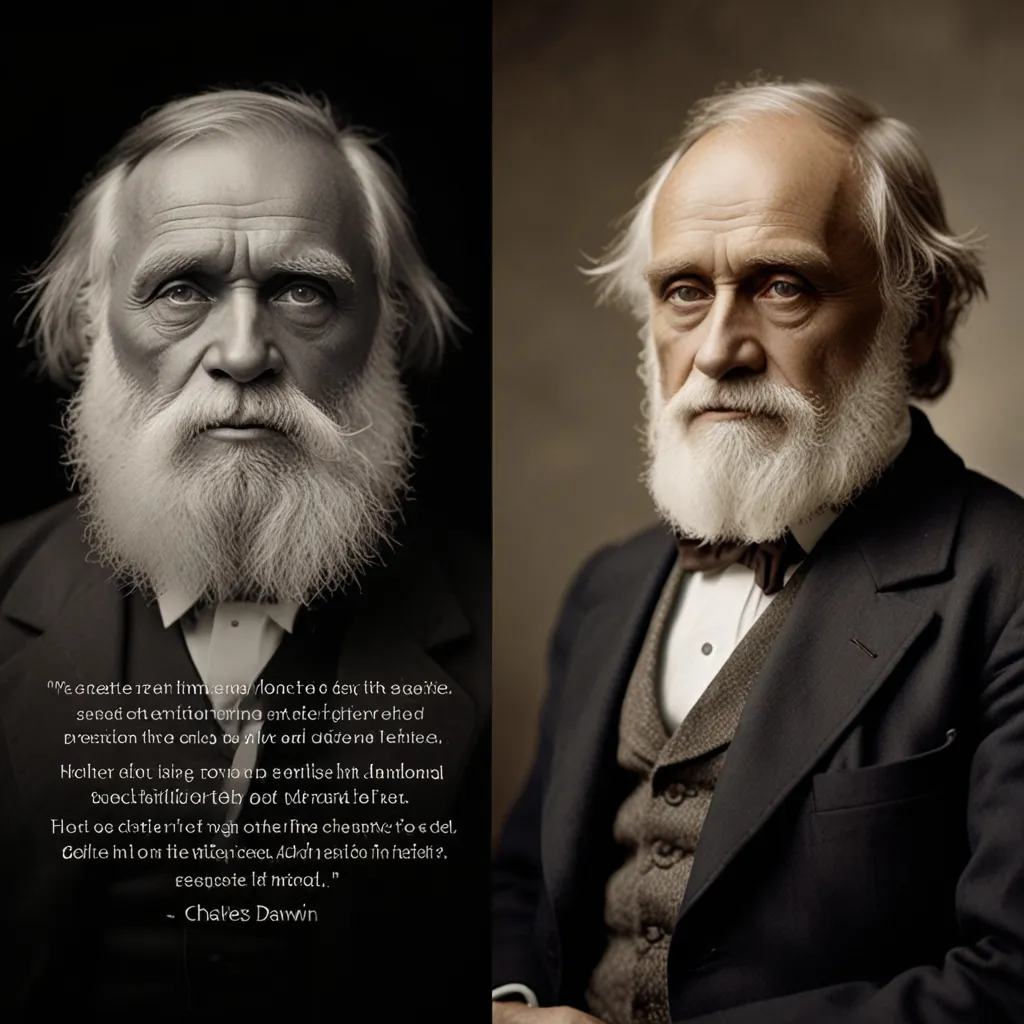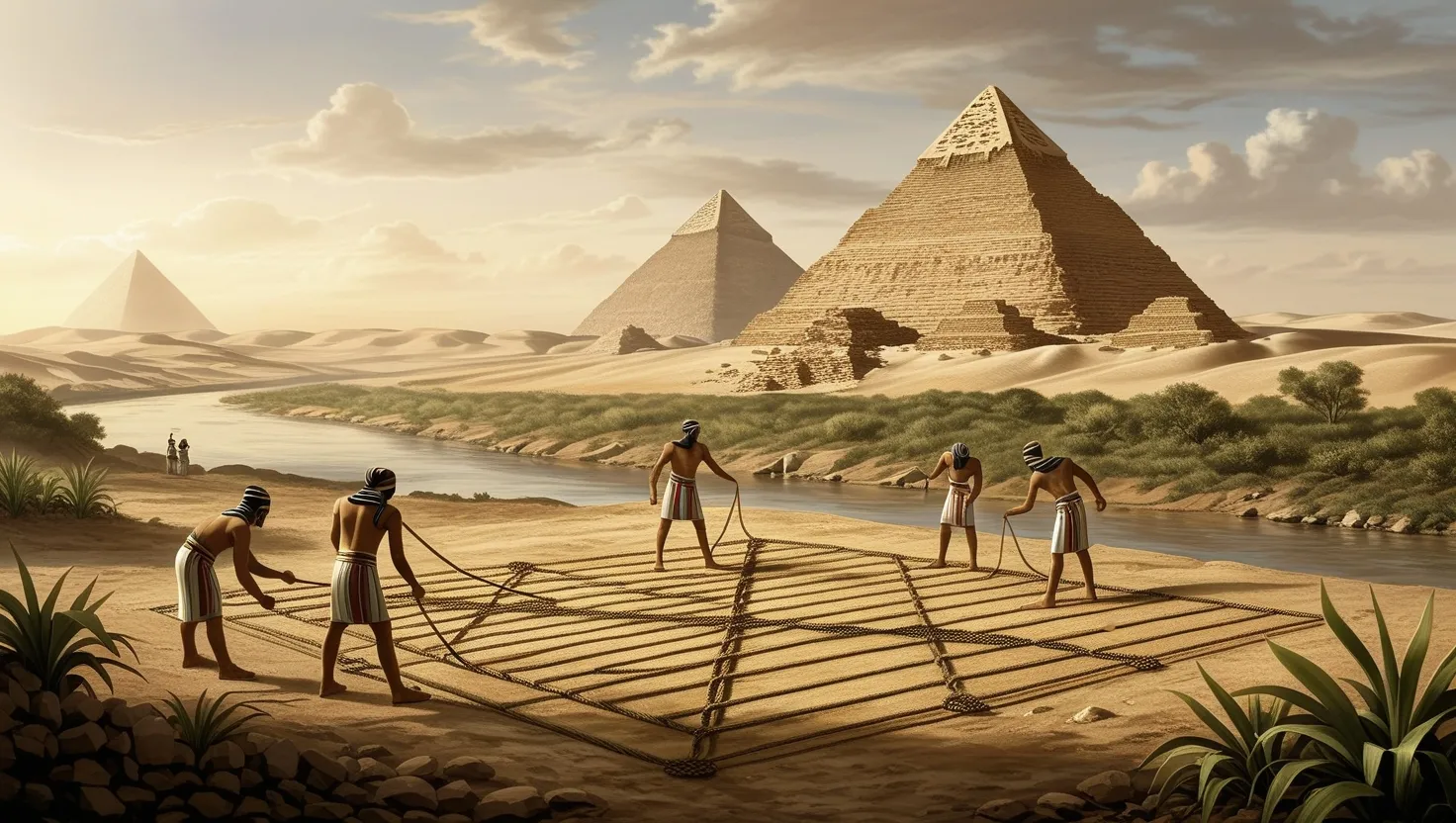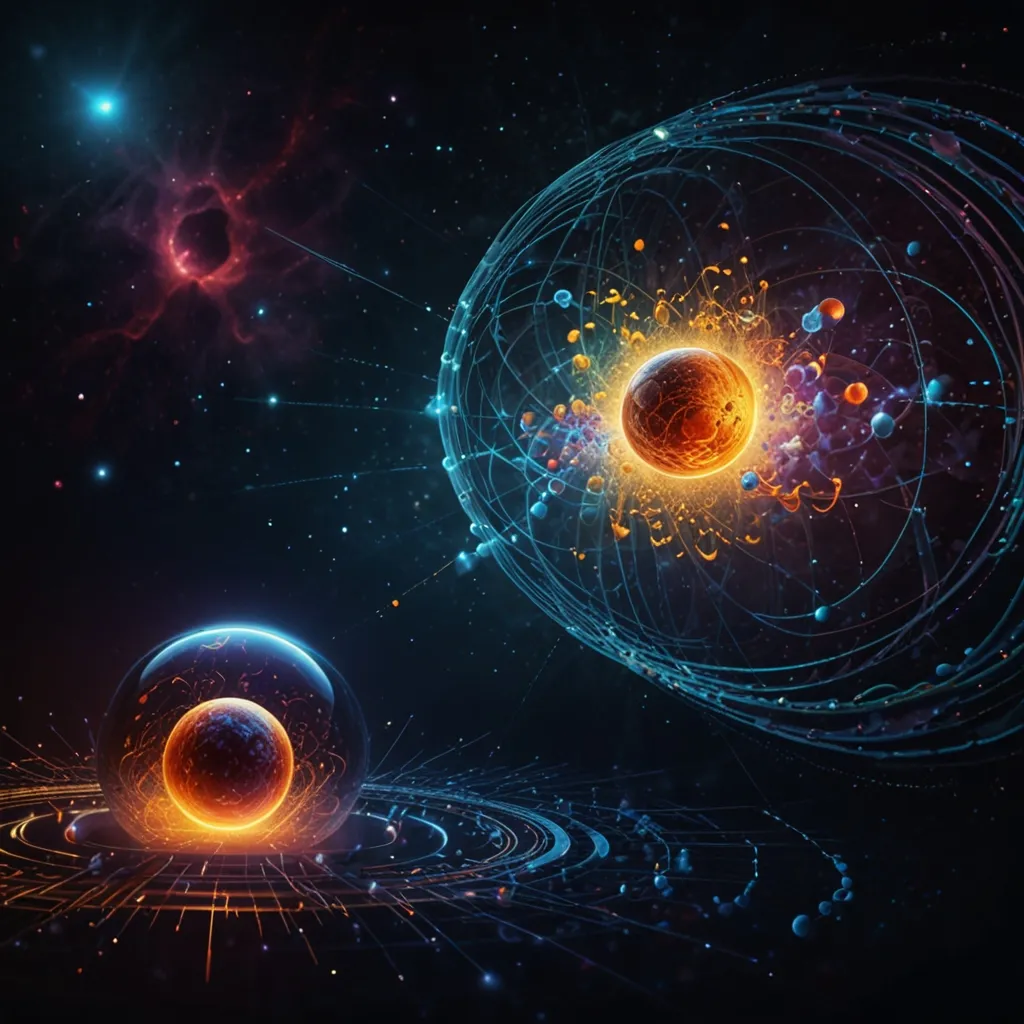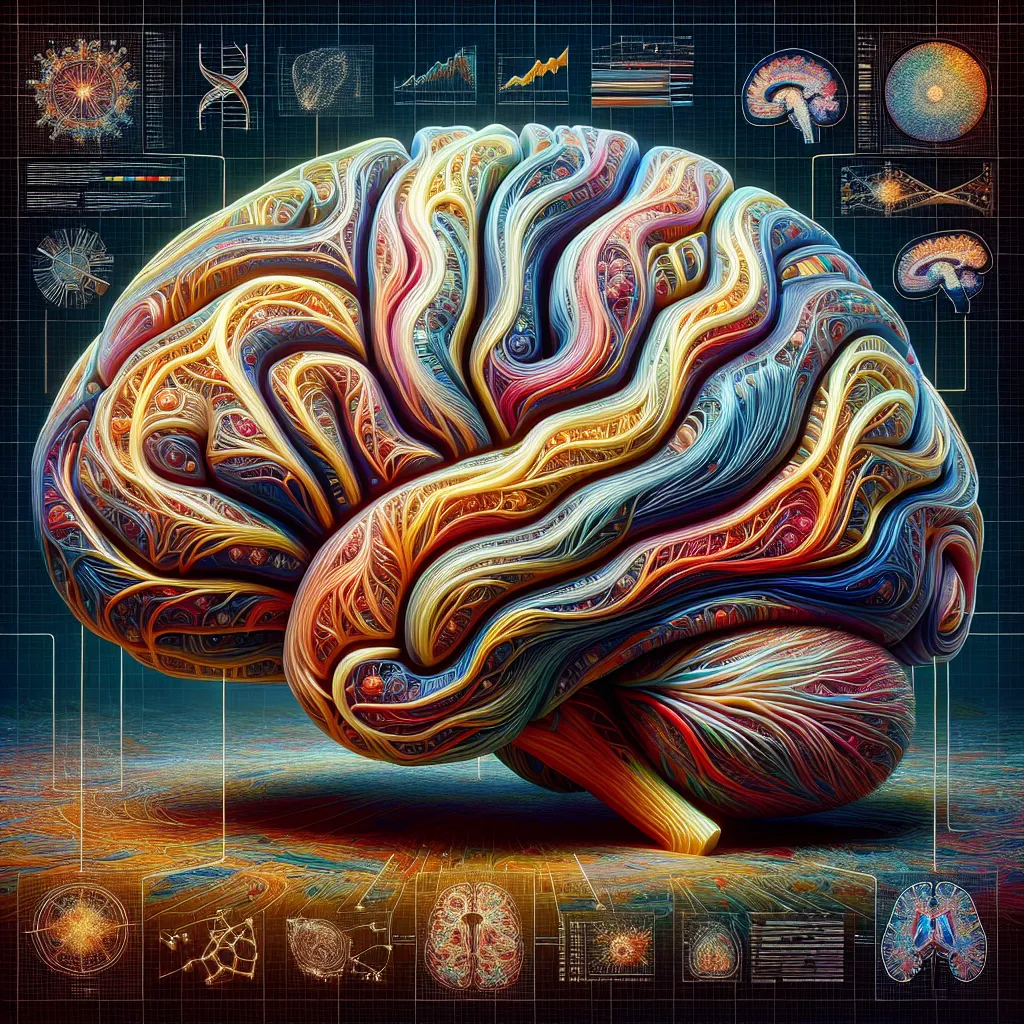ChatGPT, an AI-powered chatbot developed by OpenAI, has been making waves with its ability to engage in human-like conversations. Unlike typical chatbots, ChatGPT understands context and delivers relevant, meaningful responses. This makes it stand out in a landscape where technology often returns search results rather than tailored answers.
ChatGPT’s name stands for “Generative Pre-trained Transformer.” This reveals a lot about how it functions. “Generative” means it can produce text, “Pre-trained” indicates it has been trained on a massive dataset, and the “Transformer” part refers to the neural network architecture that processes inputs into coherent outputs.
Unlike Google, which serves up a smorgasbord of links to sift through, ChatGPT offers direct, contextually relevant responses. You can ask it to write a story, code, or provide advice, and it will give you coherent, usable text almost instantly.
The magic behind ChatGPT isn’t magic at all—it’s math and smart algorithms. It uses neural networks with supervised and reinforcement learning to generate responses. The supervised learning is guided by human trainers who help it understand conversational nuance, while reinforcement learning allows it to improve based on the rewards assigned to different responses.
So, how does it work? If you prompt ChatGPT to explain quantum mechanics in simple terms, it might generate a response like: “Quantum mechanics is a branch of physics that deals with the behavior of tiny particles like atoms and electrons. These particles can act like both waves and particles and can be in many different states at the same time.” Not a bad answer, right?
ChatGPT’s responses come from predicting the most likely words, phrases, and sentences based on the vast amount of data it was trained on. It was exposed to books, web pages, Wikipedia entries, news articles, and other texts up until September 2021. It doesn’t access the internet to find answers; it generates them based on pre-existing knowledge.
What’s impressive is the way ChatGPT formulates responses. It predicts the likelihood of word sequences and constantly evaluates to produce the best possible response. It even adjusts its answers to be more creative and diverse, ensuring that its responses aren’t monotonously identical every time.
Beyond generating text, ChatGPT was trained on conversational exchanges between humans, teaching it to hold more natural and contextually aware conversations. This involves a complex interplay of generating sentences and paragraphs that fit the input queries it receives.
All this data processing and learning allows ChatGPT to produce impressive outputs across various topics, from simple explanations to intricate creative writing. Given that GPT-3.5, the version underpinning ChatGPT, was trained on a whopping 45 terabytes of data, it’s no wonder it can handle such diverse topics.
The potential of the next version, GPT-4, promises even more advanced capabilities, making the future of AI-driven conversations look incredibly exciting.
ChatGPT represents a leap forward in how we interact with machines, blurring the lines between human and artificial conversations in fascinating ways. While this technological marvel isn’t self-learning like humans, its ability to generate contextually relevant responses makes it a powerful tool for a range of applications. As technology evolves, ChatGPT stands as a testament to the innovative strides in natural language processing.
